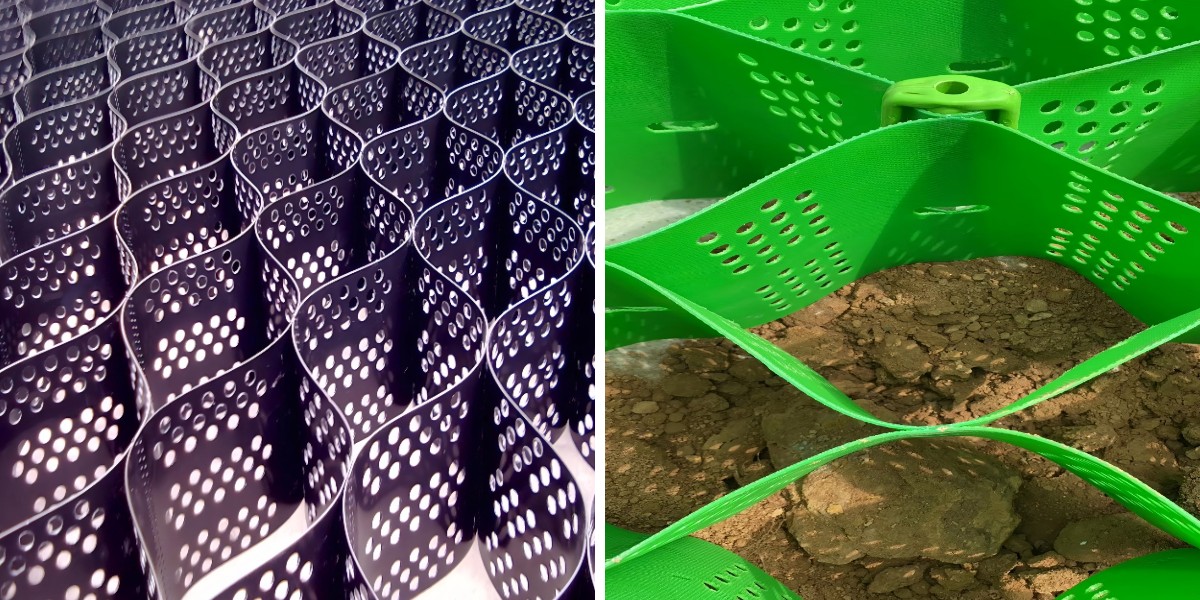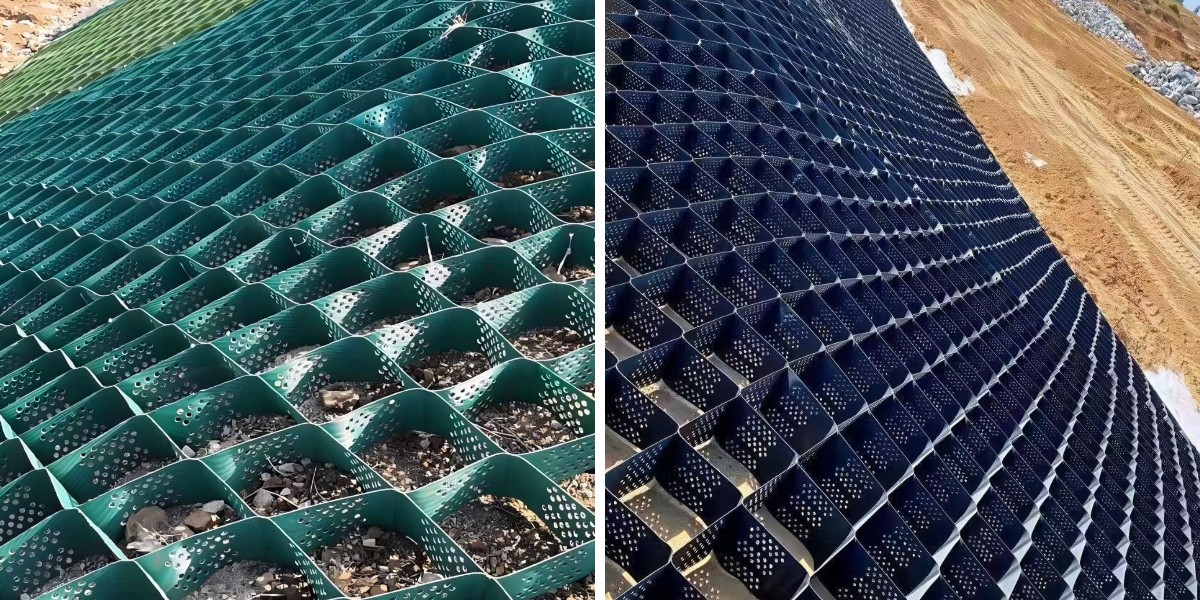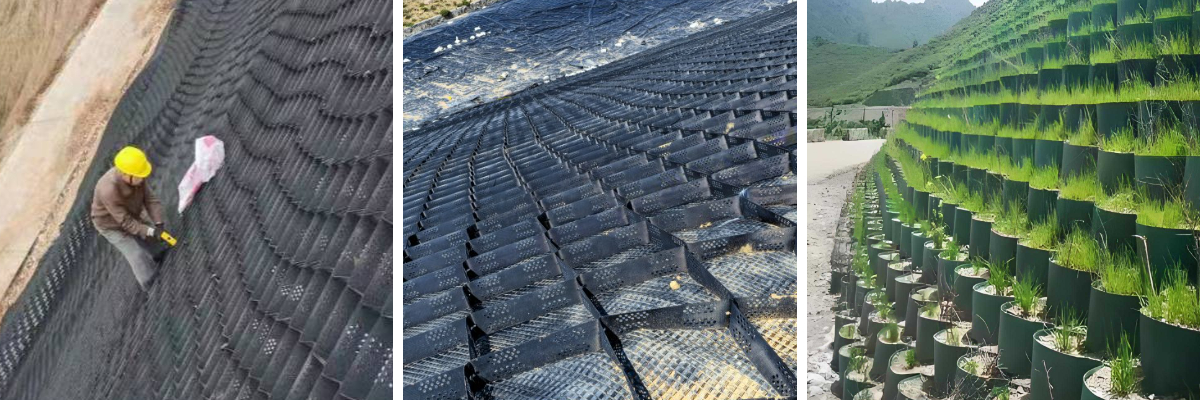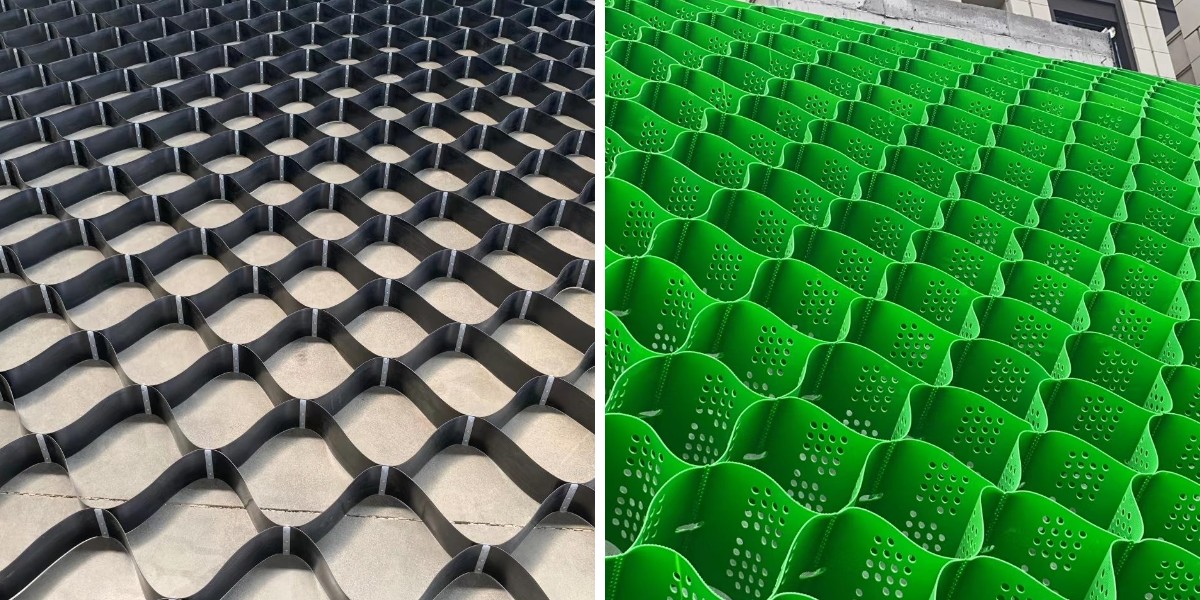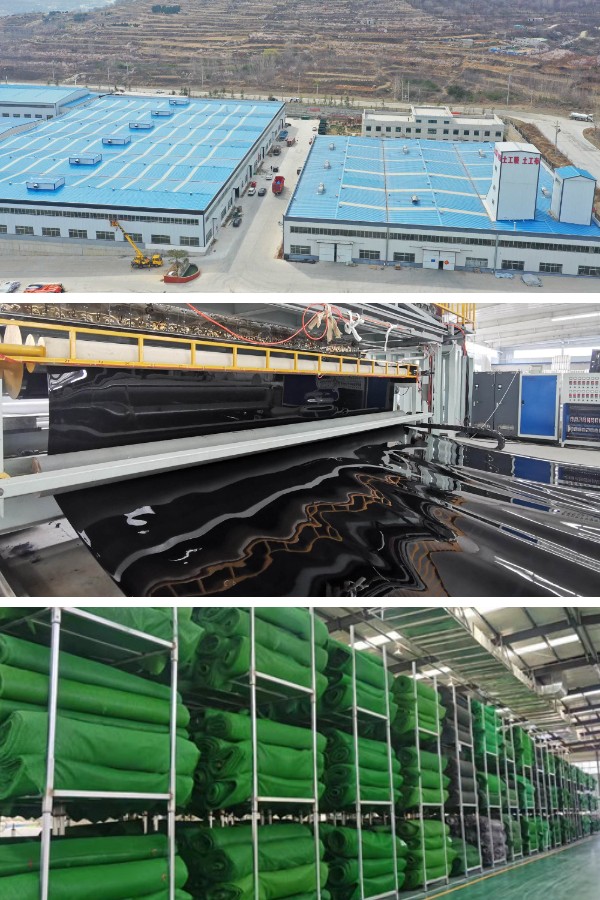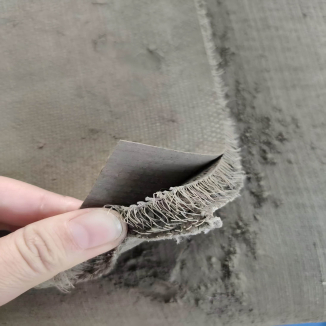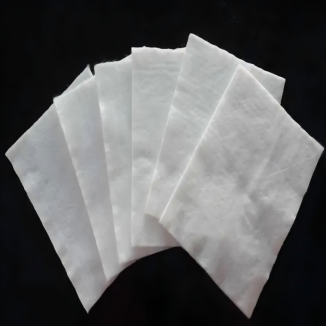Geocell Porosity and Drainage: Balancing Stability with Water Management
In slope stabilization, avenue construction, and erosion control, two crucial elements regularly stand in tension: structural steadiness and positive water management. Excess water can weaken soil, compromise slopes, and undermine infrastructure—but overly aggressive drainage can disrupt soil concord and minimize stability. Geocell systems, specially geocell hdpe variants, clear up this quandary with the aid of leveraging engineered porosity to stability steadiness and drainage. These three-d mobile buildings give a boost to soil whilst facilitating managed water flow, making them a cornerstone of cutting-edge geocell slope safety and beyond. This information explores the science of geocell porosity and drainage, how geocell hdpe optimizes these properties, and real-world geocell purposes the place this stability supplies most fulfilling results.
The Role of Porosity and Drainage in Geocell Performance
Porosity refers to the extent of voids inside a cloth that can preserve or transmit fluids, whilst drainage is the capacity to pass water thru these voids. For geocells, these residences are now not afterthoughts—they are engineered into the machine to tackle a core challenge: waterlogged soil loses shear strength, growing the danger of slope failure, rutting, or erosion. A geocell with terrible porosity traps water, turning the strengthened soil into a heavy, unstable mass. One with immoderate porosity, however, fails to continue soil particles or supply enough structural support.
The best geocell device strikes a balance: its porosity permits water to drain away from crucial zones (e.g., slope surfaces, avenue subgrades) whilst keeping sufficient soil to keep cohesion. This stability is mainly imperative for geocell slope protection, the place water runoff and infiltration are regular threats. By controlling how water strikes via the strengthened soil, geocells forestall each water buildup and soil loss—ensuring long-term stability.
How Geocell HDPE Optimizes Porosity and Drainage
Geocell hdpe (high-density polyethylene) is the cloth of preference for most geocell applications, thanks to its potential to be engineered for unique porosity and drainage. HDPE’s molecular structure—dense but moldable—allows producers to create mobile partitions with managed openings, slot sizes, and spacing. Here’s how geocell hdpe achieves the stability-drainage balance:
1. Engineered Wall Openings
Geocell hdpe panels function strategically positioned openings (slots or perforations) in the mobilephone walls. These openings are sized to permit water to go with the flow freely between cells and out of the system, whilst stopping first-class soil particles from escaping (a procedure referred to as inner erosion). For example, in sandy soils, large openings facilitate speedy drainage; in silty soils, smaller openings keep particles whilst nonetheless enabling water movement. This tailor-made plan ensures porosity suits soil kind and undertaking needs.
2. Rigidity and Cell Geometry
HDPE’s pressure continues the geocell’s cell geometry (typically hexagonal or rectangular) below load. This shape creates a community of interconnected voids that distribute water evenly throughout the system, stopping localized pooling. The telephone peak and width additionally affect drainage: taller cells (10–30cm) create large void volumes for water storage and flow, whilst narrower cells decorate soil confinement—critical for steep slopes in geocell slope protection.
3. Chemical and Environmental Resistance
Unlike some different geosynthetics, geocell hdpe is resistant to UV radiation, chemicals, and organic degradation. This potential its porosity and drainage houses stay constant over time, even in harsh environments (e.g., acidic soils, heavy rainfall). The fabric doesn’t swell, crack, or clog, making sure long-term water administration overall performance except sacrificing stability.
Geocell Applications: Where Porosity-Drainage Balance Shines
The stability of porosity and drainage makes geocells versatile throughout severa geocell applications, from slope stabilization to infrastructure projects:
1. Geocell Slope Protection
Geocell slope safety is one of the most frequent applications, the place drainage is quintessential to stopping landslides. On steep slopes, geocell hdpe structures are stuffed with soil or aggregate, developing a bolstered layer. The engineered porosity approves rainwater to drain laterally thru the cells and away from the slope face, as a substitute than infiltrating and weakening the soil. This reduces pore water pressure— a most important purpose of slope failure—while the cell shape holds the fill cloth in place. For embankments or motorway slopes, this stability ensures steadiness even in the course of heavy downpours.
2. Road and Pavement Subgrades
In avenue construction, waterlogged subgrades lead to rutting, cracking, and untimely pavement failure. Geocell functions in subgrades contain putting HDPE geocells over vulnerable soil and filling them with aggregate. The geocell’s porosity lets in water to drain from the subgrade into the aggregate-filled cells, the place it can be channeled away by drainage pipes. At the identical time, the mobile shape reinforces the subgrade, distributing visitors masses evenly. This twin feature extends pavement lifespan and reduces protection costs.
3. Erosion Control and Channel Lining
For drainage channels, riverbanks, or shorelines, geocells stop erosion whilst managing water flow. Geocell hdpe liners stuffed with stone or gravel create a porous, armored surface. Water flows freely via the voids in the fill fabric and geocell walls, lowering pace and scouring. The mobile structure holds the armor in place, even at some point of floods. This utility is specially superb in city drainage systems, the place each erosion manipulate and speedy water conveyance are needed.
4. Retaining Walls and Embankments
Retaining partitions constructed with geocell hdpe advantage from the material’s porosity-drainage balance. The cells are stacked to structure the wall, stuffed with soil or aggregate. Water inside the wall drains via the mobilephone openings, stopping hydrostatic strain buildup that can push the wall outward. The inflexible HDPE shape keeps the wall’s shape, whilst the drainage prevents cracking or collapse. This makes geocell keeping partitions a low cost choice to concrete or masonry partitions in many cases.
Key Considerations for Optimizing Porosity and Drainage in Geocell Projects
To maximize the stability of balance and drainage in geocell applications, maintain these elements in mind:
1. Match Geocell Specifications to Soil Type
Sandy soils require geocells with large wall openings for fast drainage; silty or clayey soils want smaller openings to forestall particle loss. Geocell hdpe producers provide a vary of slot sizes and mobilephone geometries to swimsuit one of a kind soil conditions—consult soil check outcomes to pick the proper specification.
2. Integrate with Supplementary Drainage Systems
In high-water-volume purposes (e.g., steep slopes, heavy-traffic roads), pair geocells with drainage pipes, geotextile filters, or French drains. These supplementary structures seize water drained by means of the geocells and redirect it away from the venture area, bettering usual water management.
3. Proper Installation and Fill Material Selection
Install geocells on a smooth, compacted base to make sure uniform contact and drainage. Choose fill materials (soil, aggregate, stone) with suitable permeability—porous fill enhances drainage, whilst well-graded fill improves stability. Avoid fine, cohesive fills in drainage-critical areas, as they can clog geocell openings.
Conclusion: Geocells—The Perfect Balance of Stability and Drainage
Geocell hdpe structures redefine how we stability steadiness and water administration in development and environmental projects. By engineering porosity into the mobile structure, they facilitate managed drainage whilst supplying strong soil reinforcement—a twin gain that usual substances fighting to match.
From geocell slope safety to street subgrades and erosion control, geocell functions leverage this stability to supply long-lasting, comparatively cheap solutions. As local weather exchange brings extra excessive rainfall and intense climate events, the potential to manipulate water whilst keeping balance turns into increasingly more critical. Geocell hdpe rises to this challenge, supplying a versatile, long lasting answer that protects infrastructure, preserves landscapes, and ensures mission success.
Whether you’re designing a toll road embankment, stabilizing a steep slope, or lining a drainage channel, geocells with optimized porosity and drainage are the key to balancing overall performance and resilience. Invest in this engineered solution, and you’ll construct initiatives that stand strong—even when water is at its most challenging.
Contact Us
Company Name: Shandong Chuangwei New Materials Co., LTD
Contact Person :Jaden Sylvan
Contact Number :+86 19305485668
WhatsApp:+86 19305485668
Enterprise Email: cggeosynthetics@gmail.com
Enterprise Address: Entrepreneurship Park, Dayue District, Tai 'an City,
Shandong Province


